Design management and change management
Any design project is about facilitating change. Whether a business needs a new identity, a new product, or a new digital service model, a good result is based on firstly understanding the problems with the current situation. Then, by clarifying the benefits of a desired destination, the processes and resources can be put into place to head in that direction.
If a business is inviting designers in, it already wants to change in some way. But that doesn’t mean it understands the extent or type of change that it really needs. As a design manager, it is my responsibility to show the full extent of how design or design thinking can change an organisation for the better. But clients are not always ready or willing to hear what I might have to say. It’s important to tailor any discussion to reflect where a client is. Good communication is the key, but some change management knowledge also helps to unpick each situation.
One change management tool I have found useful is the ‘Four Rooms of Change’ originally developed in the early 1970s by Claes F Janssen. It outlines four states that people or organisations move through as they experience change. There are books and workshops on this model (see link below), and I find it helpful for design conversations with clients in a number of ways:
Contentment is one of the four rooms. Here organisations think everything is good and there is no need for change. “We are the best, why should we change?” can be the attitude. They are doing fine, their experience is extensive and there is nothing they need to know from an outsider – let alone a designer. These clients don’t need logical explanations about the benefits of design, they need a shock to make them see the need for change. Either take them to visit a place where competitor products and services are thriving, or show examples of other organisations in their sector who are already innovating and moving on.
Denial comes next and with it people can get defensive and try and protect the reasons why they created the brands, products or services they have. They may point frustrated fingers at new ‘inferior’ competition or are convinced that other outside circumstances have conspired against them. In this situation, persevere with research showing outside examples, not to shock, but to start shedding some light on potential routes forward. Don’t leap to the solution, but nurture the denial into open investigation and encourage the client team to join the search for new ideas.
Considering new ideas takes us into the third room of ‘confusion’. People get lost in the fog. Various consultants or new employees might be brought in and numerous new initiatives can get launched all at once. Designers may find themselves involved as part of such an initiative, when in fact what the organisation needs is guidance on a new overall strategic direction. Multiple scattergun initiatives need to be replaced by a structured number of pilots that together test the first steps toward a new vision. Results need to be quick and goals need to be attainable. Design projects at this stage need to be cross-connected and provide some measurable short-term gains.
When the feedback and results confirm a strategic route out of the confusion, organisations experience a more positive state of ‘renewal’. Motivation and energy go up and there is a sense of focus – these clients know where they are going. Successes should be celebrated, but the bigger vision must not be lost. Smaller design projects need to be built upon with investment in more substantial projects. These should be developed and delivered so that the sense of renewal is maintained in the longer-term, rather than dipping quickly into a new phase of complacency.
For design agencies these four stages, or rooms, help reveal the type of services that different clients need. Keep up to date with the latest developments and innovations, because they may be the way to ignite a ‘contented’ client into action. Research and investigation services help clients in ‘denial’ see their way to new strategies. New strategies need a mix of co-ordinated quick-win short-term projects that can lead to bigger long-term projects. Beware of being called-in as a small part of a ‘confusion’ situation that is unlikely to evolve. Look for the signs and be prepared to lead a strategic design direction toward a more positive ‘renewal’ - and keep nurturing clients in that mode as much as you can.
http://www.claesjanssen.com/four-rooms/index.shtml

